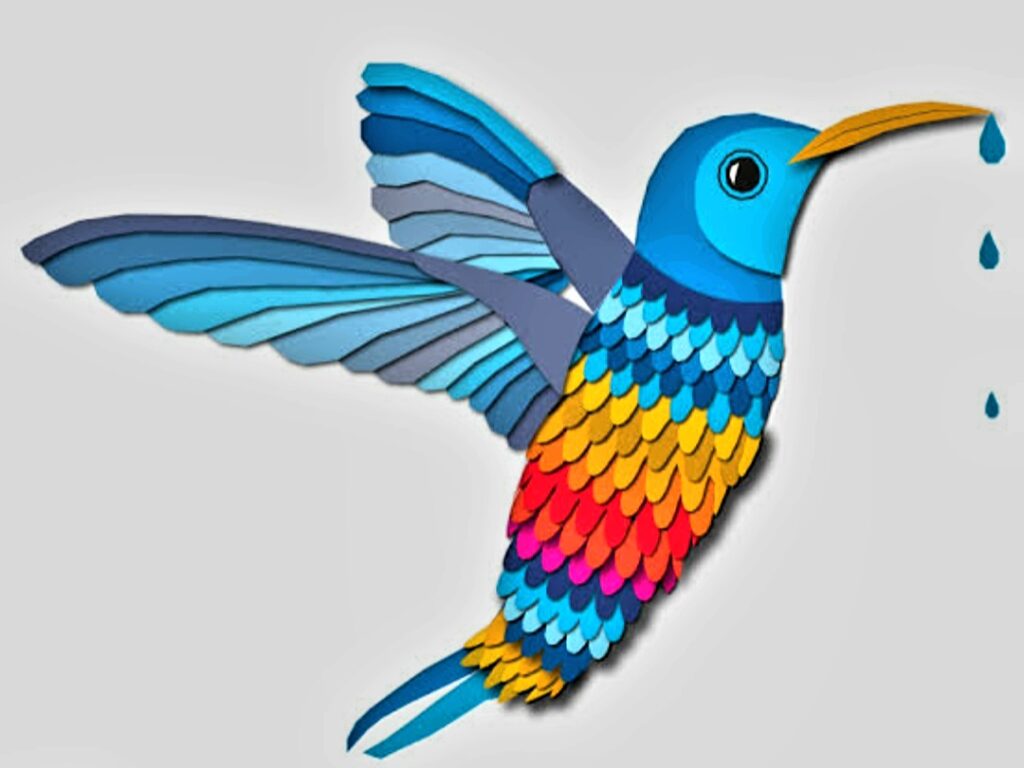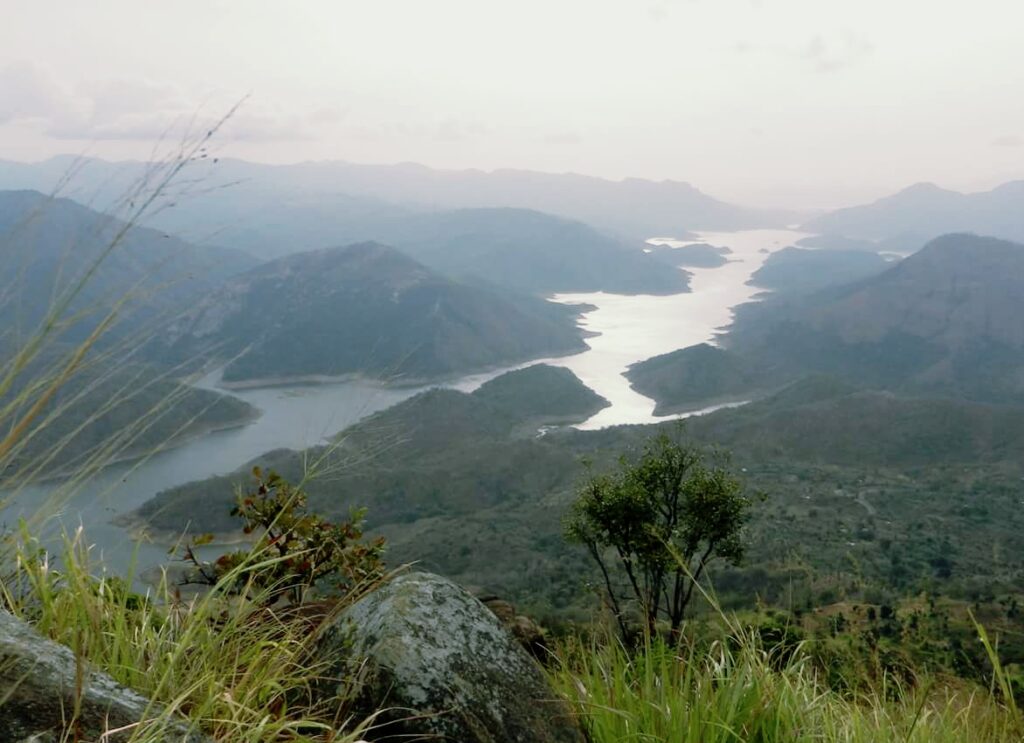
One of the most repeated sentences throughout the UN Water Conference was, “Around 70% of the freshwater goes into agriculture”. But coming from a monsoon-heavy place like Kerala in India, I sense a half-truth in this statement. Hearing that most freshwater is used for agriculture, the picture before your eyes will be canals and pumps that help irrigation and that water is indiscriminately used. But the fact is that 80% of the farmlands around the world are rain-fed [1]. Rainfed agriculture accounts for more than 95% of farmed land in sub-Saharan Africa, 90% in Latin America, 75% in the Near East and North Africa, 65% in East Asia, and 60% in South Asia [2]. But whether it is rain-fed or irrigated, 70% of water is used by agriculture, so what is the difference? The difference lies in the primary problem statement.
Rain-fed agriculture replaces natural vegetation, which also consumes water; therefore, where is the challenge? The challenge is the land use pattern of changing forest land to agriculture. Recently, on a trek inside the Wayanad forest, in Kerala, I noticed water dripping from the trees when there was no rain. This was water from the mist that engulfs the forest and then gets stored in the vegetation and soil below. It is released slowly into the streams; even in the summer, we have water in those streams. When land use change happens, this precious water storage and release ecosystem is disturbed. The food security challenge and global consumption patterns have already changed many ecosystems. It is in this context the COP 15 agreement is an important step. COP 15 adopted the Kunming-Montreal Global Biodiversity Framework (GBF) on the last day of negotiations. The GBF aims to address biodiversity loss, restore ecosystems and protect indigenous rights. The plan includes concrete measures to halt and reverse nature loss, including putting 30 per cent of the planet and 30 per cent of degraded ecosystems under protection by 2030.

As the name suggests, rain-fed agriculture depends heavily on rainfall patterns and changes to this will lead to the failure of crops. The rain-fed lands produce more than 60% of the cereals for the world [1], and with climate change impacting the precipitation patterns, we can think of the impact it will have on food security. The growing food demand will require an almost 70% increase in food production, which should indicate the impact we are facing. The nexus of food security, water and climate change should be very clear by now. The increased probability of changes in rain patterns have resulted into farmer distress and also over exploitation of ground water in many areas. We are already seeing the impacts of this in India with farmer suicides and also ground water depletion in many areas.
There will be more agriculture that has to be shifted to irrigated agriculture, and that means more load on surface and groundwater. We should look into the impact on freshwater as more croplands will move into irrigated lands. The dependency on rain-fed agriculture will continue, and we need to see how we improve resilience in that segment. In this context, we have to see more productivity improvement with limited resources available, including water. Yield increase from rain-fed farming is the key to food security. Water productivity is usually low in rain-fed agriculture, providing significant opportunities. Soil degradation is another critical concern, but we are limiting this article to water.

Focus on blue water when it comes to policies and investments in the past have resulted in weak governance in rain-fed agriculture. The water resource management focused in the past on large-scale irrigation, drinking water and even hydro-power and less focused on rain-fed agriculture. Even the agricultural subsidies benefit irrigated farming more than rain-fed farming because the farmers use less electricity and fertilizer in rain-fed farming. The focus has been more on downstream uses than on upstream use, where rain-fed agriculture is mostly present. Upstream interventions require a high level of ecosystem integration while designing water management projects rather than just runoff management.
There is also an urgent need to focus on R&D around rain-fed agriculture and develop policies that can improve resilience. The small-holding farmers, who are the majority in rain-fed farming, do not have the investment capacity, and hence the investment needs to be supported.
Every year $700 billion is the subsidy for agriculture globally [3], and there is a general consensus that this subsidy is doing more harm than good in the long run. There is a need to re-orient the subsidy structure. Supporting better ecosystem resilience and water productivity through the subsidy program can be one of the ways to look. Repurposing the agricultural subsidy can be an excellent way to channel the much-needed investment for water management in a segment that is the biggest water consumer.
Growing uncertainties in rainfall patterns because of climate change will greatly impact the agricultural output from rain-fed farming. Our food security will depend on the water resilience we create in agriculture. This needs urgent attention. Upstream water basins and ecosystem management are critical. Going back to the first part, where the question was asked as to what is the primary problem statement, it can be seen that the primary challenge is food security. But water management is a key solution to this challenge. Understanding this nexus between food security, water, and climate change is critical in evolving solutions.
[1] – https://www.sciencedirect.com/topics/earth-and-planetary-sciences/rainfed-agriculture
[2] –https://en.wikipedia.org/wiki/Rainfed_agriculture
[3] –https://www.wri.org/insights/how-farm-subsidies-combat-land-degradation